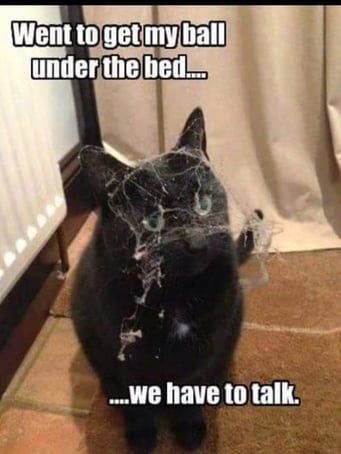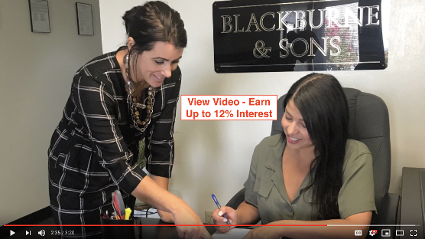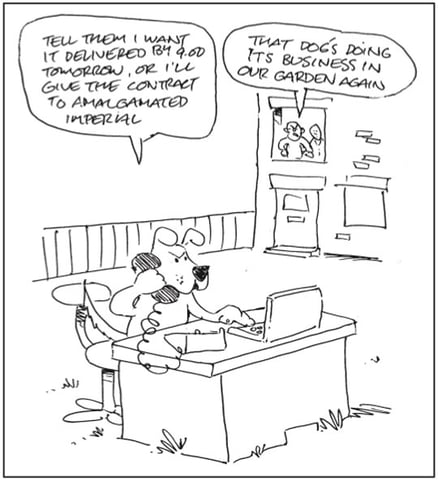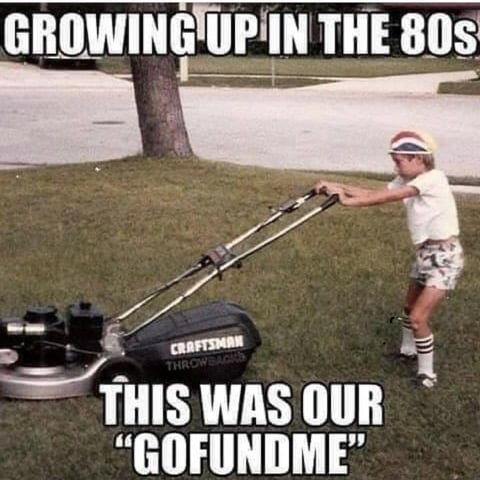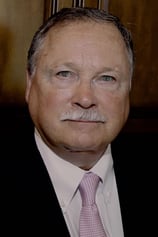Understanding the Interest Reserve and How to Compute It
Need a commercial construction loan right now? If the loan is larger than $4 million and the collateral is commercial and not residential (sorry, no homes, condo's or apartments), please write to me, George Blackburne, at george@blackburne.com or call me directly on my cell at 574-360-2486. We have a terrific bond financing program.
When a developer secures a $2 million commercial construction loan from a bank to build a project, did you know that he starts to make monthly payments the very first month?
"Gee, George, that sounds awful. How can that poor developer afford to make the monthly payments on a $2 million loan when the property isn't built yet and generating rent? Those payments have to be in the range of $14,000 per month!"
It's not as bad as it seems. First of all, commercial construction loans are disbursed in small progress payments. During the early months of the loan, the outstanding balance might only be a few hundred thousand dollars. Secondly, the monthly payments owed to the bank on a commercial construction loan are just interest-only payments based on the outstanding balance. The interest-only monthly payments on an outstanding balance of just $200,000 aren't too bad.
Lastly, the construction loan budget contains an interest reserve to cover the construction period interest. In other words, the monthly loan payments on a commercial construction loan come right out of a little savings account built right into the construction loan budget.
"That sounds much better. But how does the bank know how large of an interest reserve the developer will need?"
One way to compute the interest reserve is for the developer and the bank to build a spreadsheet that lays out when all of the construction loan proceeds are expected to be disbursed. Then, using the spreadsheet, the bank can compute the exact amount of interest that will be needed in the interest reserve.
On smaller commercial construction loans, the bank will use a rule of thumb. Suppose a $2 million commercial construction loan has an estimated term of 1.5 years. During the early months of the loan, only a few thousand dollars will be disbursed. At the latter end of the term, almost all $2 million of the commercial construction loan will be disbursed.
Bankers will therefore assume that on average about half the loan will be disbursed over the 18 months. In this example, half of $2 million commercial construction loan is $1 million.
Therefore, to compute the required interest reserve, the banker will multiply $1 million (the average outstanding loan balance) times 7% per year (the annual interest rate) times 1.5 years (the anticipated term of the commercial construction loan), which equals $105,000.
"Gee, George, that seems simple enough. But what happens if the property takes longer to build or longer to lease than the developer expects?"
The developer is toast. He will have to start making the interest-only payments out of his personal pocket, and if he can't, the bank may decide to foreclose on him immediately. Hey, there's a reason why developers make the big bucks. They take some serious risks.
Need a commercial construction loan right now? If the loan is larger than $4 million and the collateral is commercial and not residential (sorry, no homes, condo's or apartments), please write to me, George Blackburne, at george@blackburne.com or call me directly on my cell at 574-360-2486. We have a terrific bond financing program.

 If you have a credit tenant and the lease is triple net,
If you have a credit tenant and the lease is triple net, 